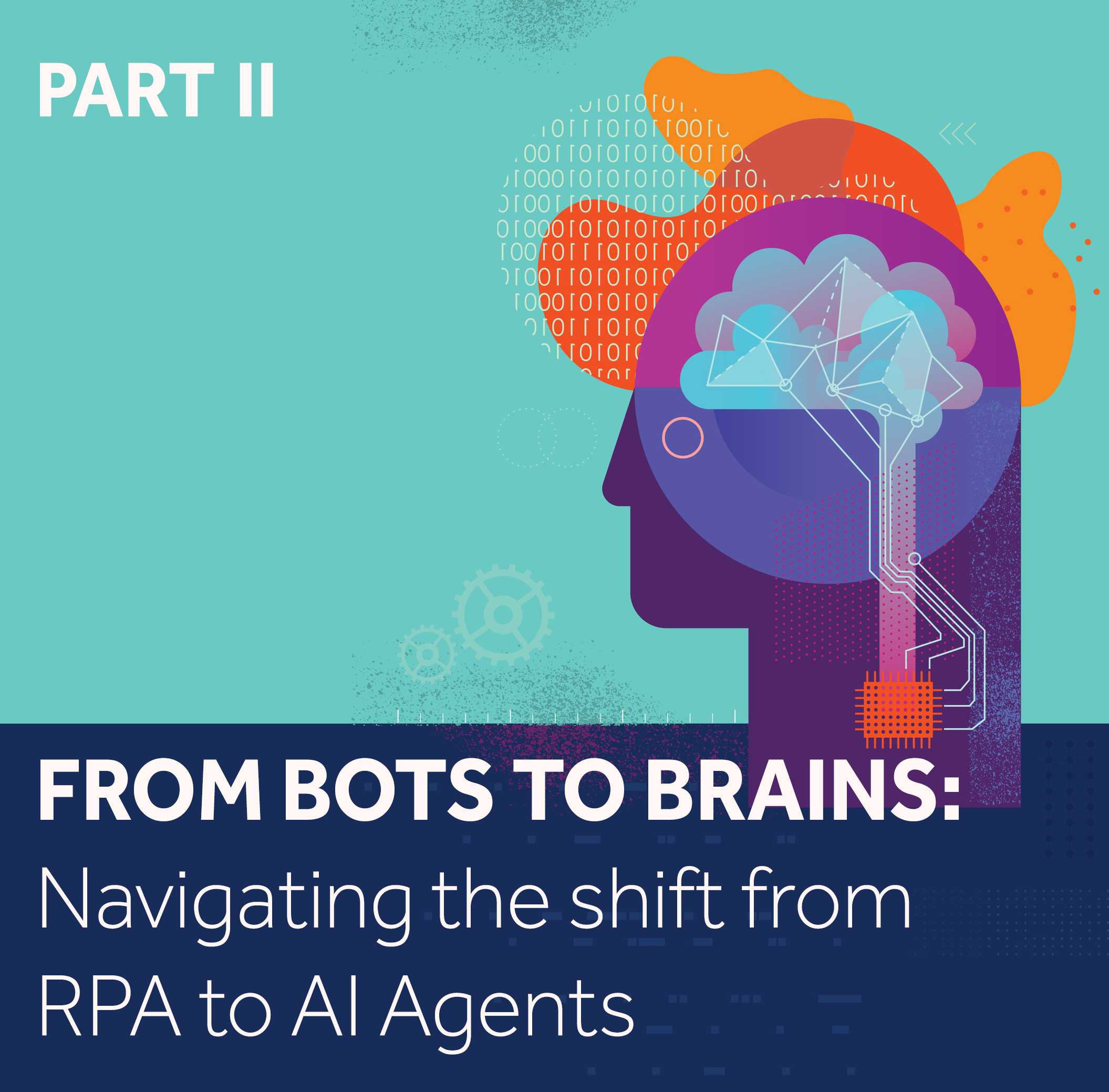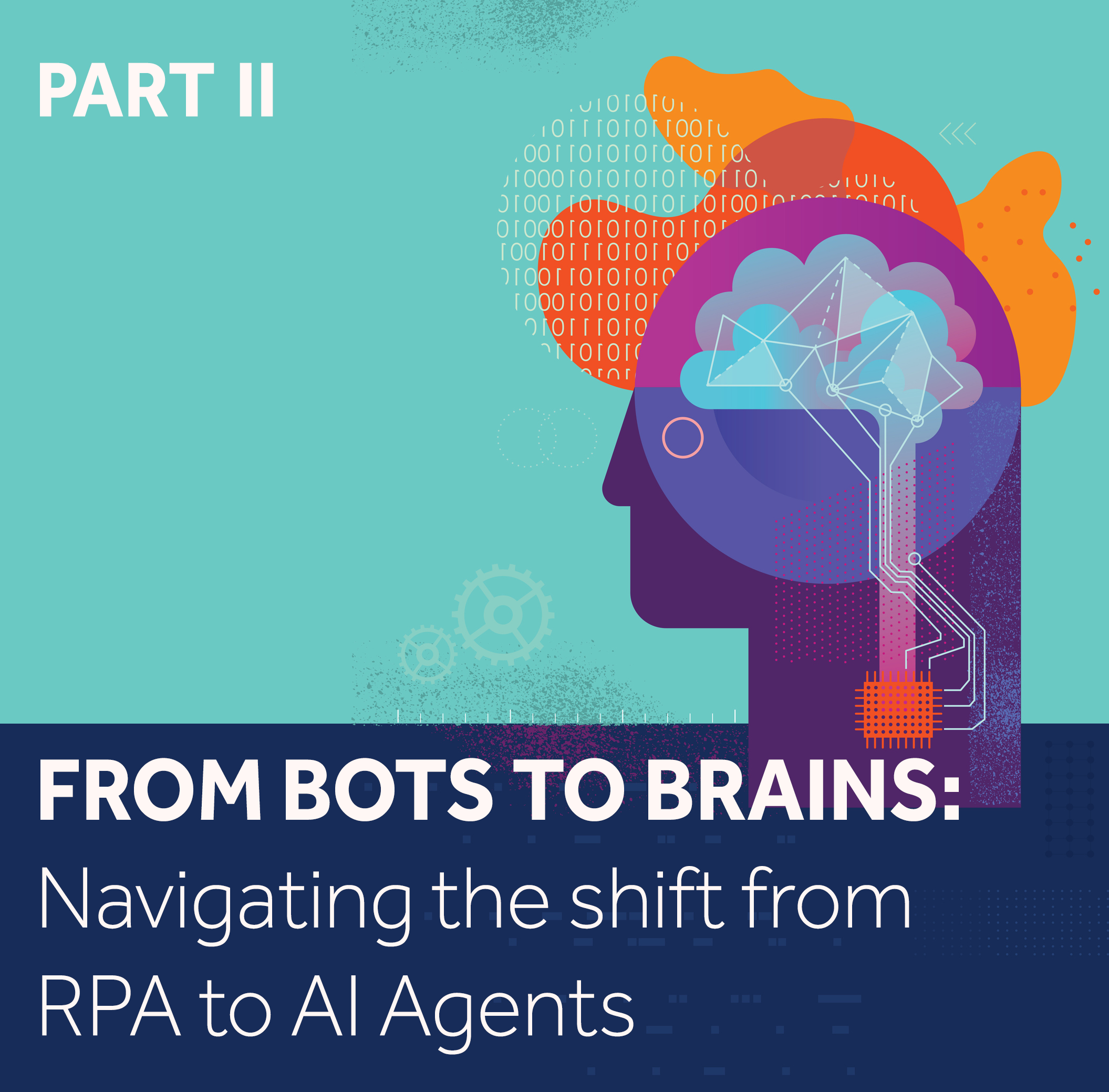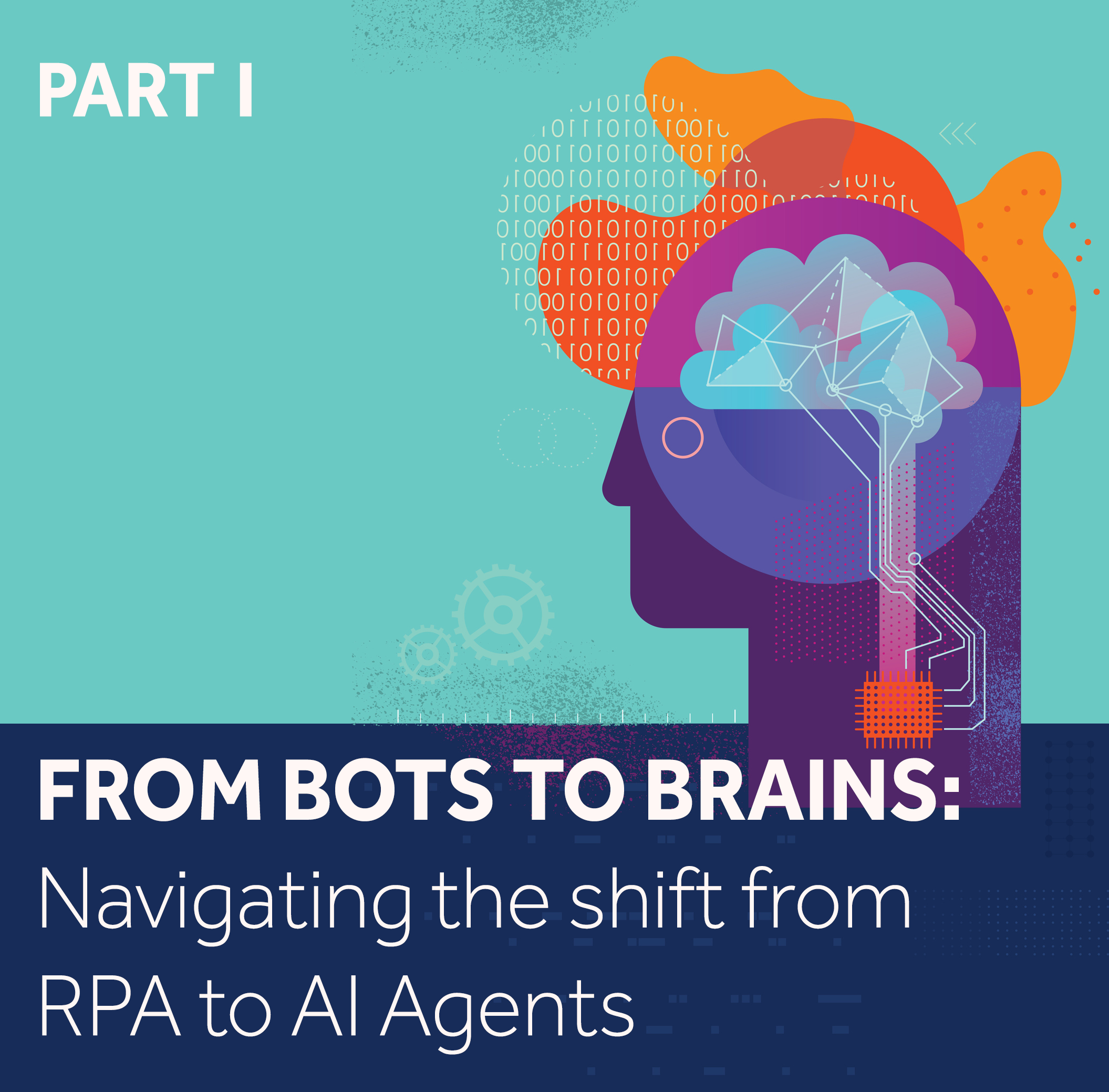Oops! It seems the page you were looking for is no longer available.
We're sorry. Can we interest you in some other content our customers can't get enough of?
From RPA to Agent—How to Evolve Without Starting Over


From RPA to Agent—How to Evolve Without Starting Over
Jul 10, 2025 12:00:00 AM
2
min read
Why RPA Isn’t Going Anywhere—It’s Just Going Undercover


Why RPA Isn’t Going Anywhere—It’s Just Going Undercover
Jul 3, 2025 12:00:00 AM
2
min read
The Hype and the Reality—Are AI Agents the Future of Automation?


The Hype and the Reality—Are AI Agents the Future of Automation?
Jun 26, 2025 12:00:00 AM
2
min read

